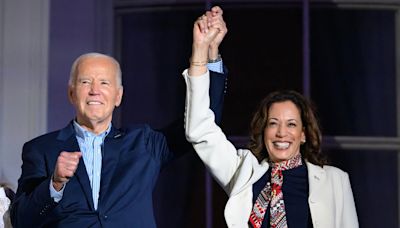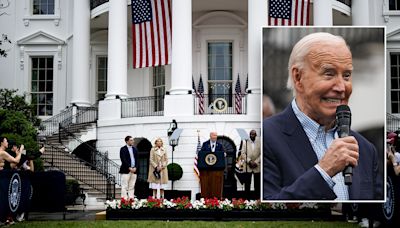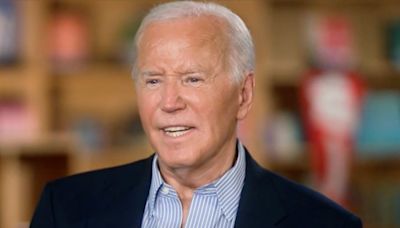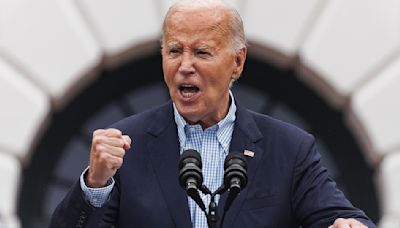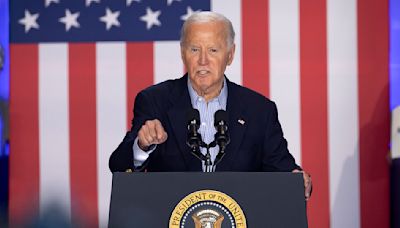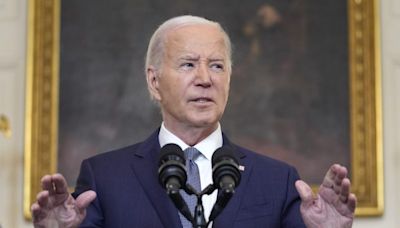Search results
A commander-in-chief or supreme commander is the person who exercises supreme command and control over an armed force or a military branch. As a technical term, it refers to military competencies that reside in a country's executive leadership, a head of state, head of government, or other designated government official . Definition.
The president is the commander-in-chief of the United States Armed Forces as well as all federalized United States Militia and may exercise supreme operational command and control over them.
Jan 1, 2010 · Under the Constitution, the President, in addition to being Chief Executive, is Commander in Chief of the Army and Navy. He holds the prime responsibility for the conduct of United States foreign relations.
The Commander in Chief Clause of Article II, Section 2 provides that “The President shall be Commander in Chief of the Army and Navy of the United States, and of the Militia of the several States, when called into the actual Service of the United States.”.
The United States Constitution names the president of the United States the commander-in-chief of the United States Armed Forces. Many presidents, however, also served in the military before taking office; all but 13 of the 45 [a] persons to become president have served.
The president of the United States (POTUS) is the head of state and head of government of the United States of America. The president directs the executive branch of the federal government and is the commander-in-chief of the United States Armed Forces.
Even after the Civil War, a powerful minority of the Court, led by Chief Justice Salmon Chase, described the role of President as Commander in Chief simply as the command of the forces and the conduct of campaigns. 14 Footnote
Jan 1, 2012 · While the President customarily delegates supreme command of the forces in active service, there is no constitutional reason why he should do so, and he has been known to resolve personally important questions of military policy.
Proposing that the Northwest Indian War was the United States’ first authorization of the use of military force and that this conflict can inform an originalist understanding of the War Powers Clause and the President’s role as Commander in Chief.
Oct 16, 2021 · Thus, the Legal Adviser of the State Department, in a widely circulated document, contended: “Under the Constitution, the President, in addition to being Chief Executive, is Commander in Chief of the Army and Navy. He holds the prime responsibility for the conduct of United States foreign relations.
